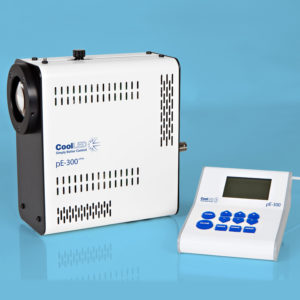Authors
Thakore et al.
Topic
Calcium Imaging, Neuroscience
Extract
"Baseline Ca2+ activity was recorded for the first 60 s (~1380 frames), then the capillary bed was picospritzed with AITC (30 µM) or ATP (10 µM), and the preparations were recorded for an additional 60 s (~1380 frames). Videos were obtained using a custom-built upright microscope (Olympus BX51 WI) equipped with epifluorescence illumination (CoolLED pE-300white, CoolLED Ltd., UK), a 20x water-immersion objective (numerical aperture 0.5, Olympus), and an ORCA-Fusion Digital CMOS C14440-20UP camera. "
Product Type
Journal
eLife
Year of Publication
2021

